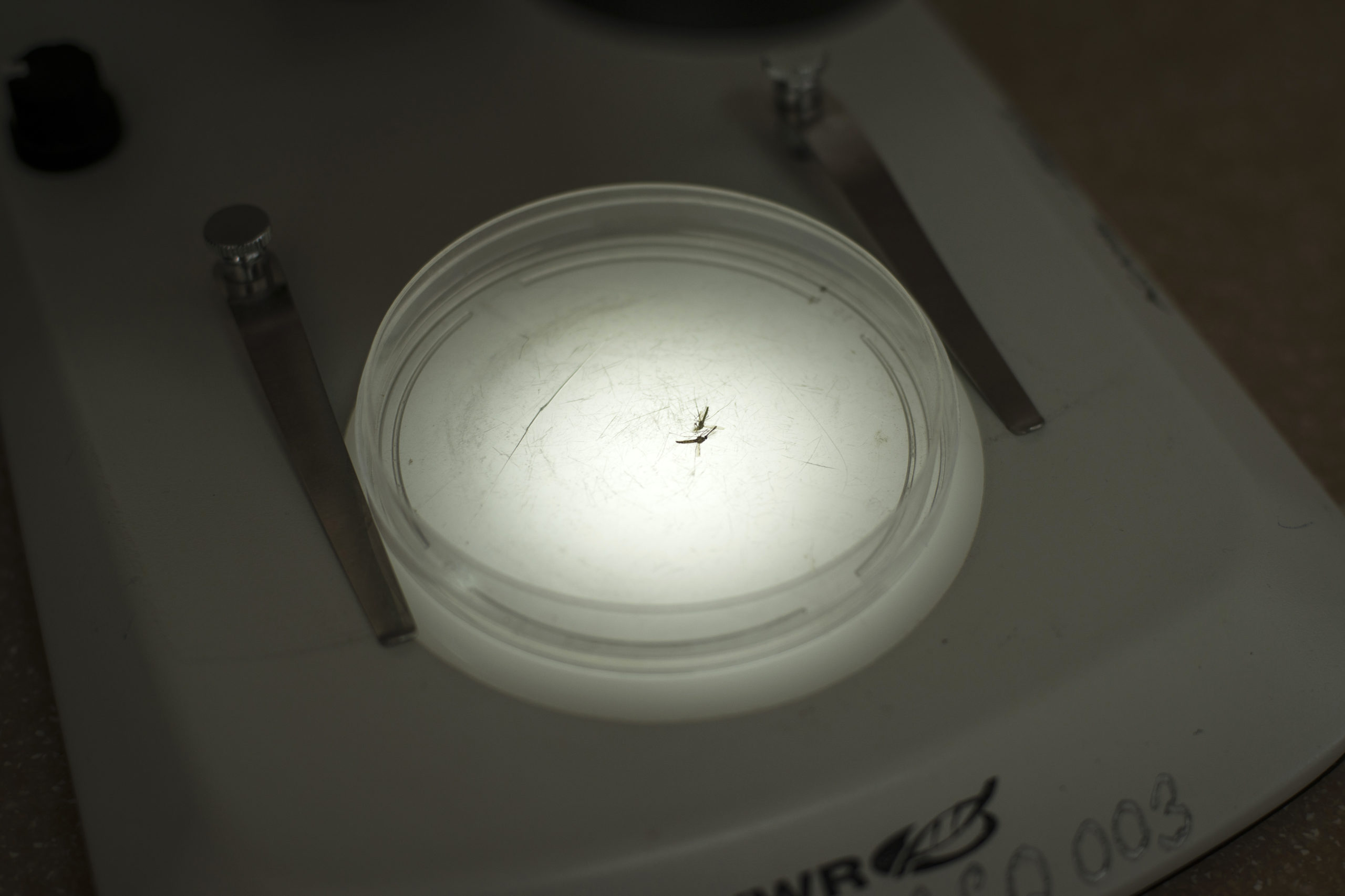An Asian mosquito species has the potential to spread malaria to at least 126 million people, according to a report published Monday.
Africa, which has more than 90% of the world’s malaria cases, typically sees malaria transmission through native mosquito species such as the Anopheles gambiae sensu stricto, Anopheles coluzzi and Anopheles funestus sensu stricto, according to the Centers for Disease Control and Prevention (CDC). These species are typically found in rural areas and thrive in wet habitats, per the CDC.
However, a new strain of mosquito — the Anopheles stephensi — can live in urban areas, increasing the possibility of a massive spread according to a report from The Guardian.
“This mosquito is unlike any other primary malaria vector found in Africa – it can live in urban areas that other species just don’t like,” Dr. Marianne Sinka of the University of Oxford told The Guardian.
“As about 40% of Africa’s population live in urban areas, this means there are a lot of people who are currently protected by their environment that could become exposed-if the mosquito spreads,” Sinka continued.
This strain of mosquito is commonly found in India and Pakistan, and can breed in manmade water containers like water storage containers and garden reservoirs, according to the CDC.
Anopheles stephensi was reportedly found in Ethiopia in 2016. This is unusual, as the species is native to Southern and Western Asia, per the CDC.

A mosquito is seen at the Entomologist Research Centre in Obuasi, Ashanti Region, on May 1, 2018. – The centre is set to control and prevent malaria through the analysis of parasites, mosquito monitoring and efficacy testing of insecticides. (CRISTINA ALDEHUELA/AFP via Getty Images)
Since 2012, malaria outbreaks traced back to Anopheles stephensi have been reported in Ethiopia and Sudan, according to The Guardian. Researchers looked at location data for the strain across geography with models that identified which environmental conditions allowed for the species to thrive.
Data showed 44 out of 68 African cities were “highly suitable” locations for the species to thrive, putting nearly 126 million people at risk for malaria who otherwise wouldn’t normally be subject to such risk, per The Guardian. The mosquito appears to migrate to urban areas primarily through transport routes, per the report. (RELATED: FDA Issues Emergency Authorization Of Anti-Malaria Drugs As Doctors Herald Results For Coronavirus Patients)
“We know that migration can bring the parasite to places that have little or no transmission. Global transport has historically moved many species to new locations and caused significant environmental damage over the years. In mosquito terms, notably Aedes albopictus, the primary vector of dengue…and now An. stephensi,” Sinka told The Guardian.
Despite the concern, things seem to be OK for now.
“The paper indicates big urban regions…could be at major risk, but there’s no evidence that this mosquito is there yet,” Professor Chris Drakeley of the London School of Hygiene & Tropical Medicine told The Guardian.


